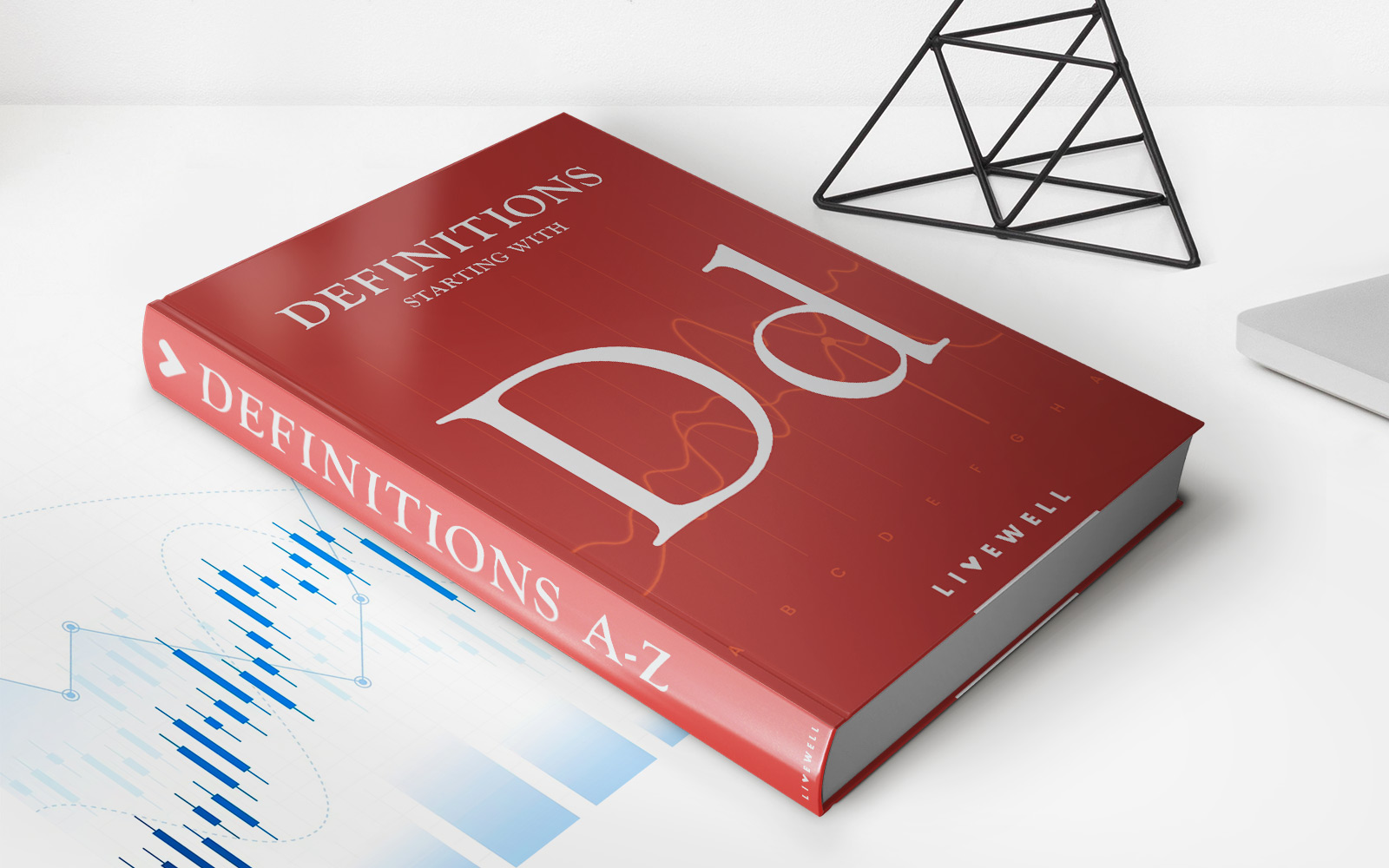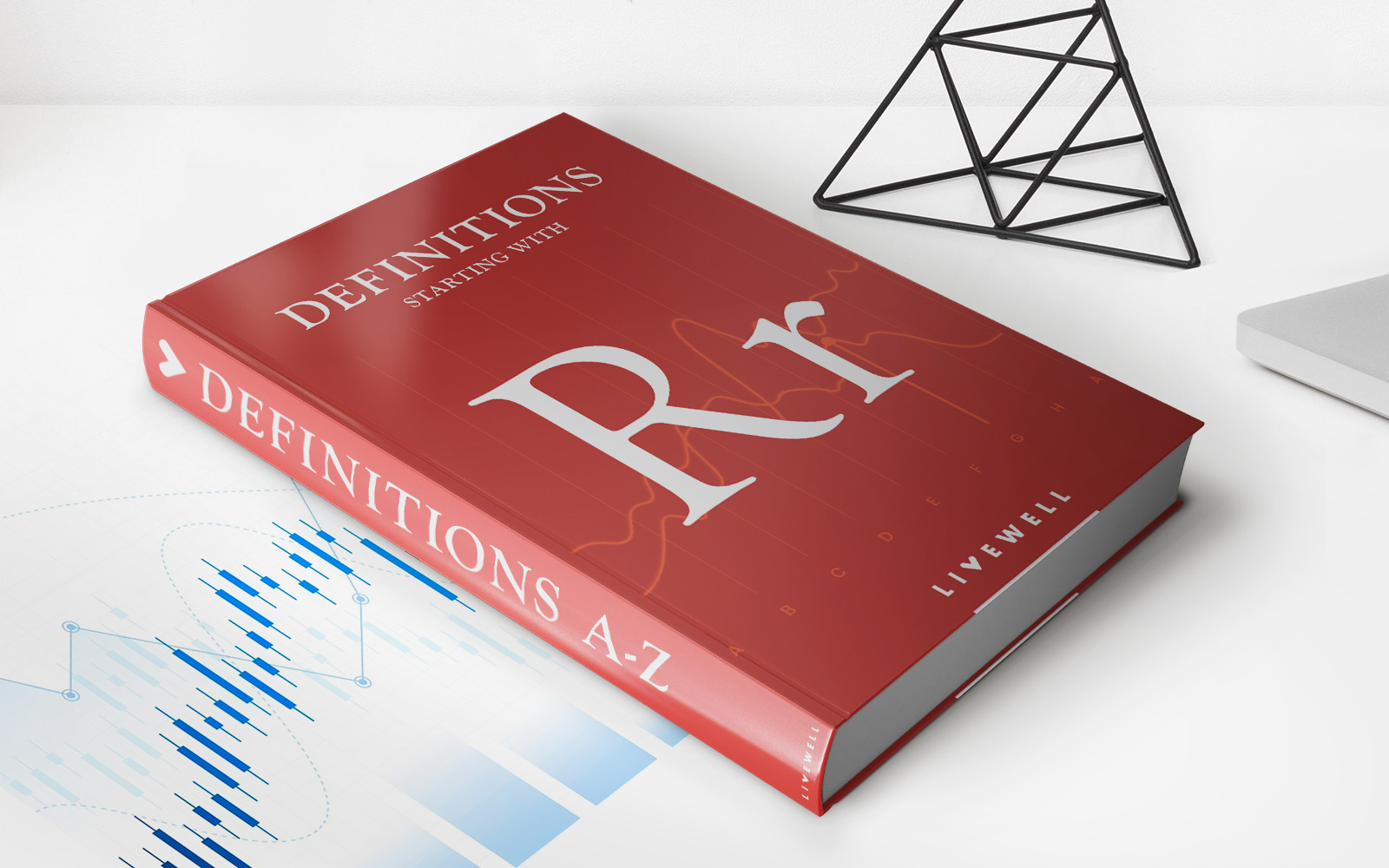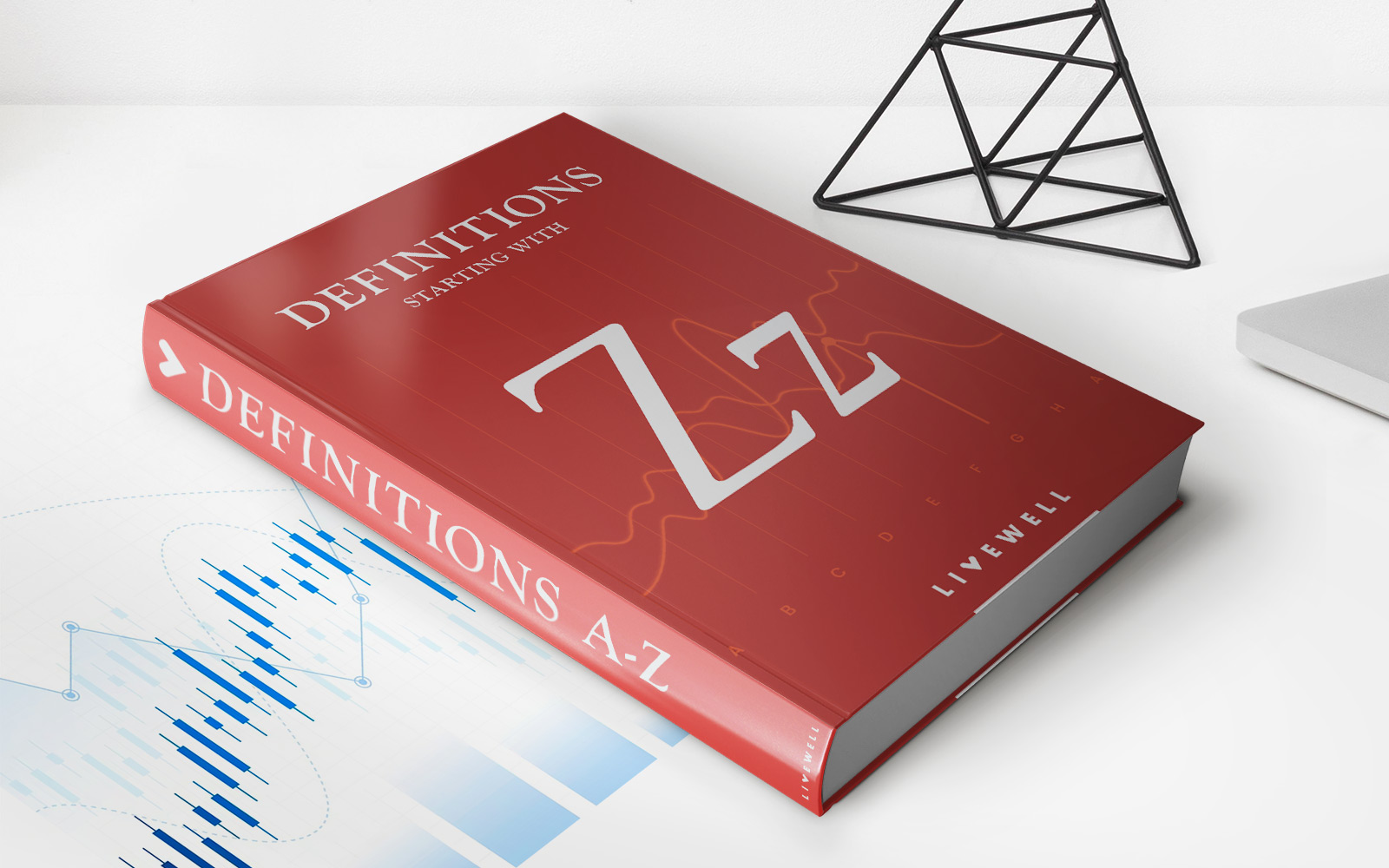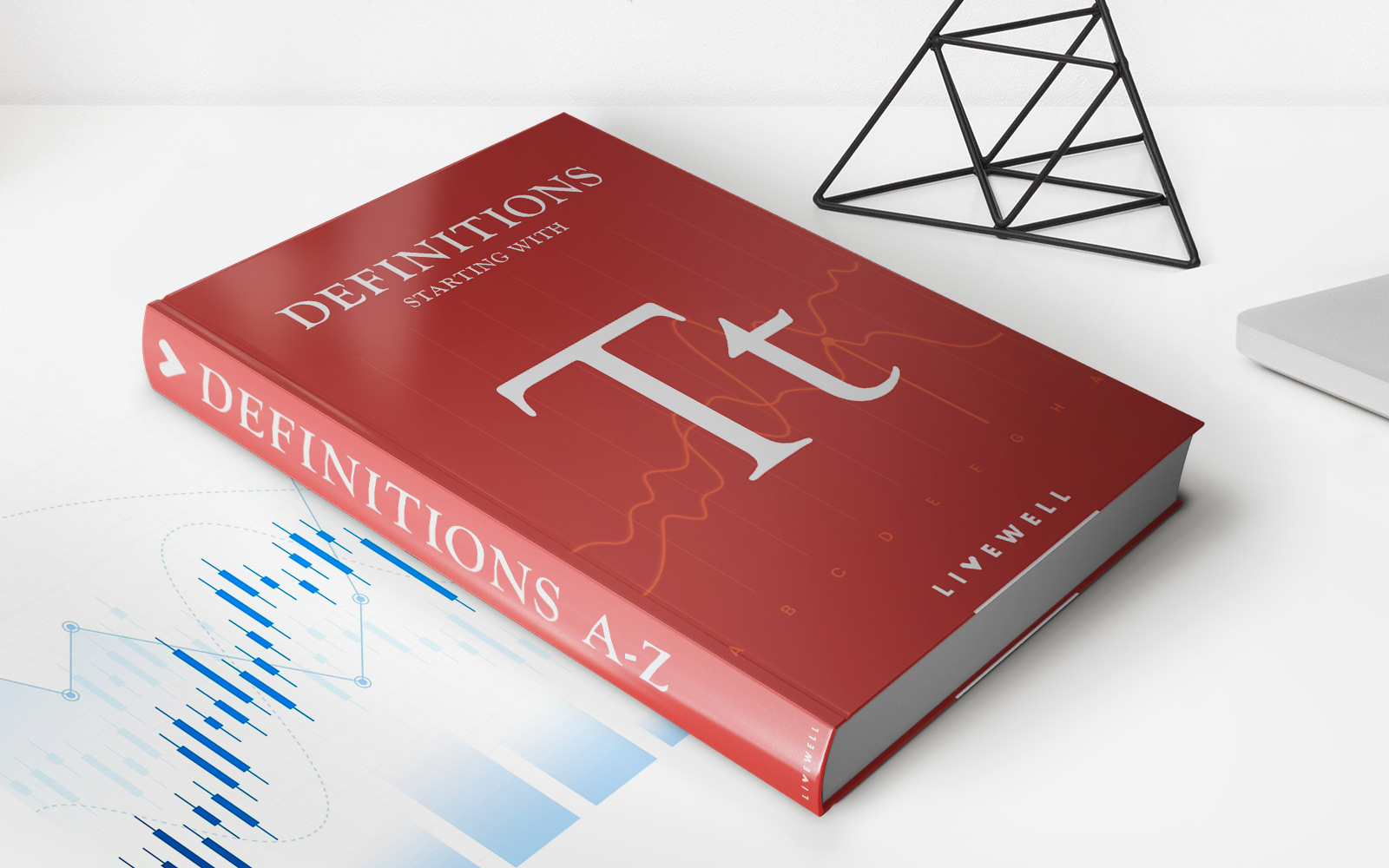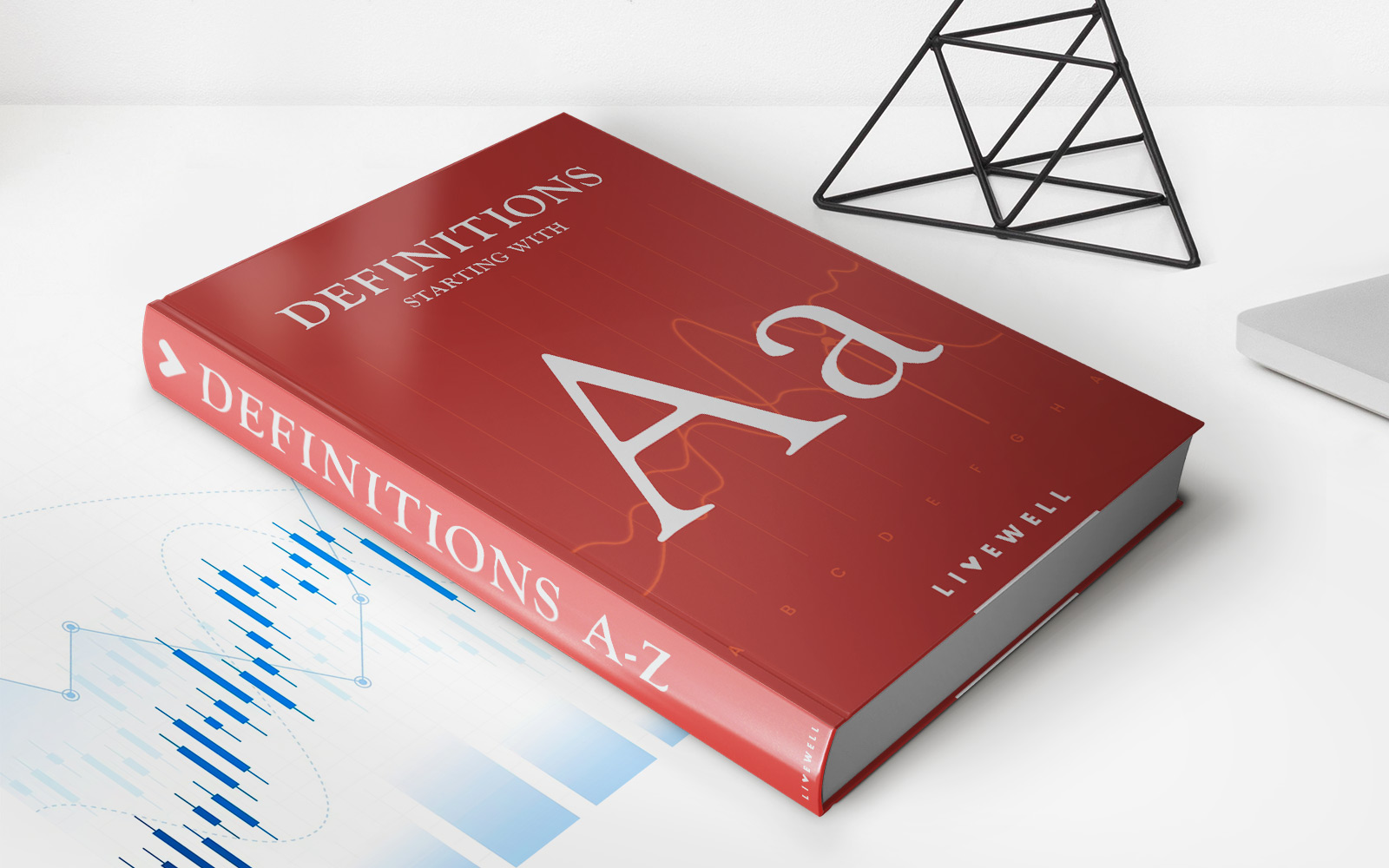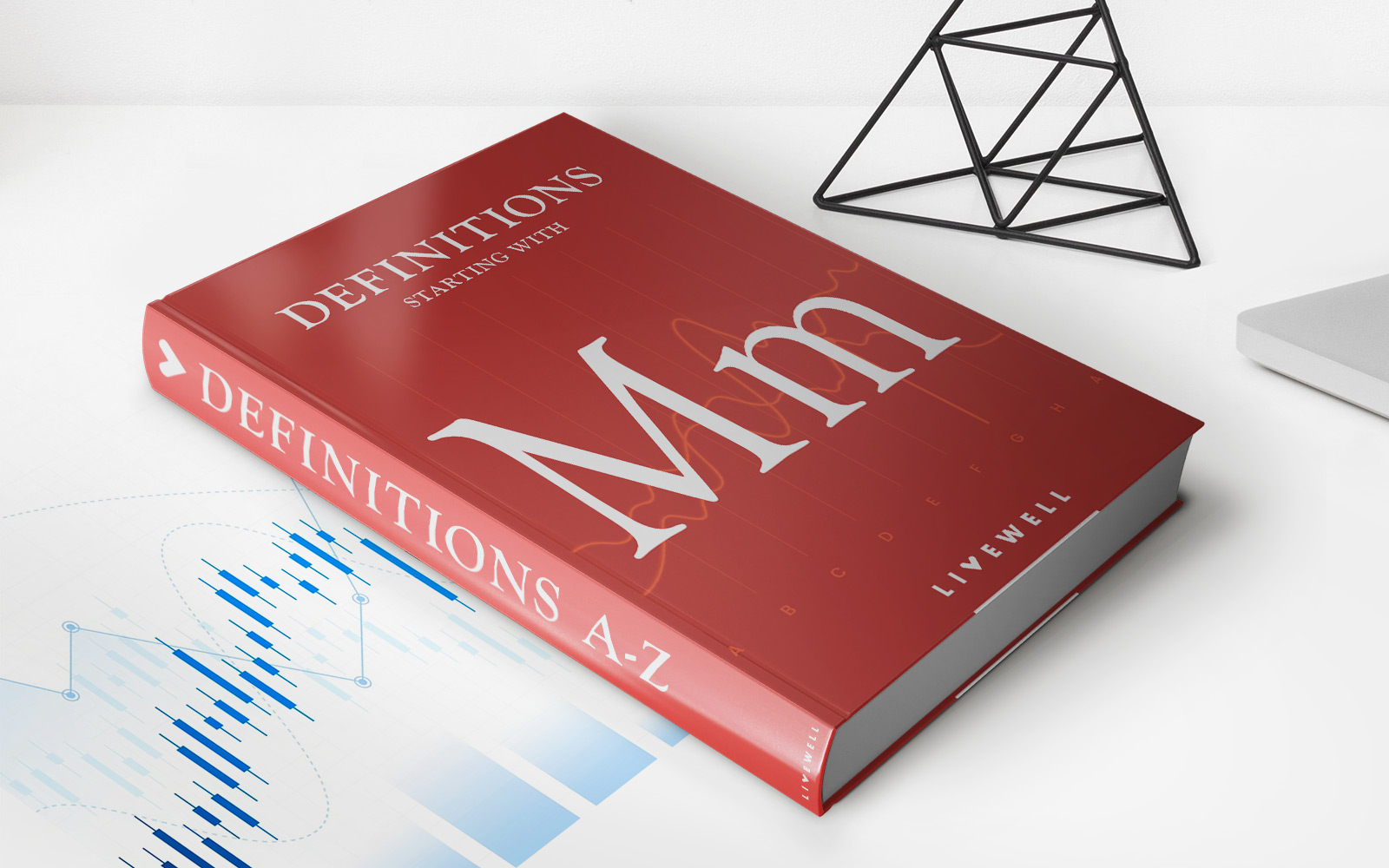Home>Finance>Three Black Crows Definition And How To Use The Pattern
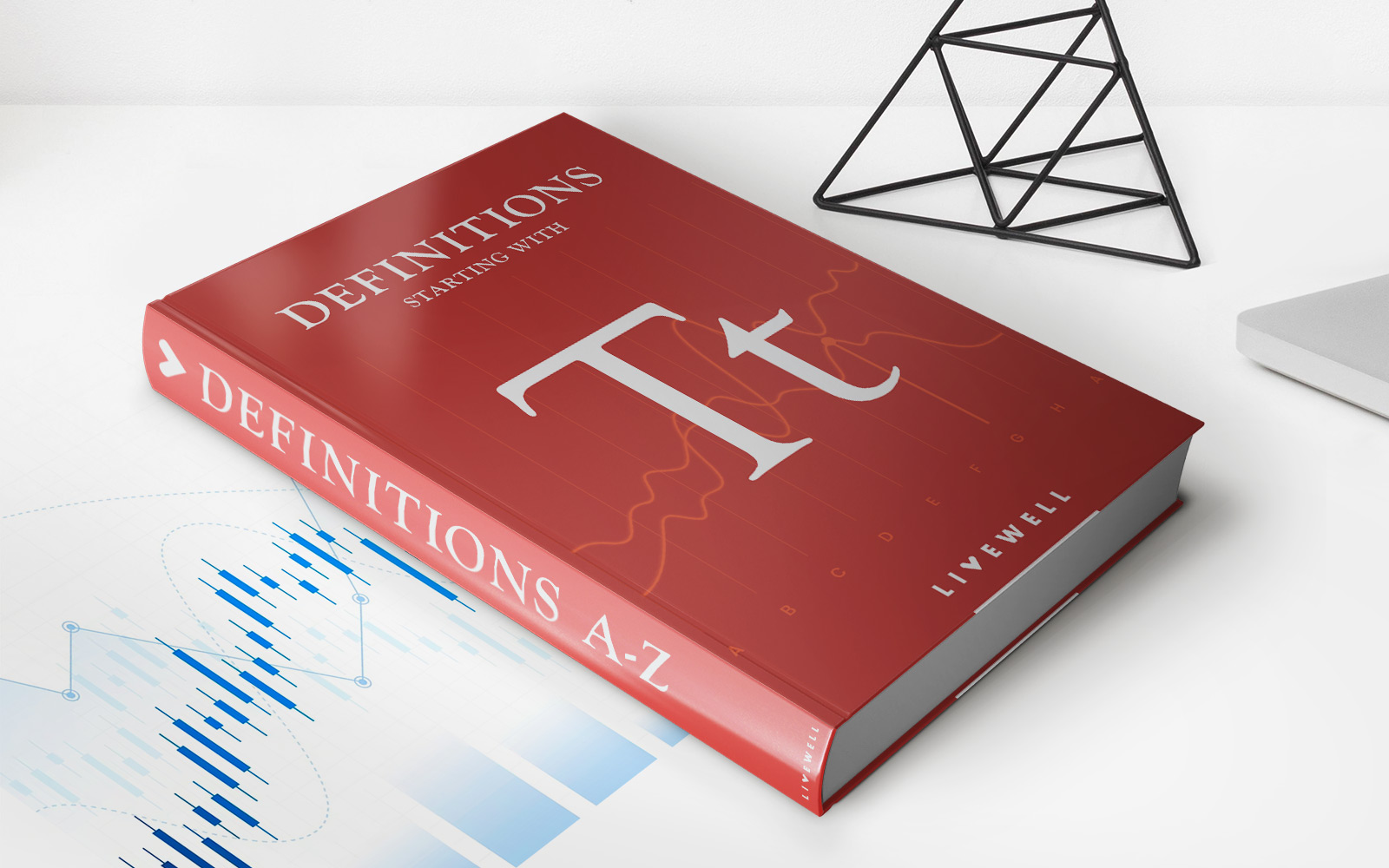

Finance
Three Black Crows Definition And How To Use The Pattern
Published: February 8, 2024
Learn the definition of Three Black Crows in finance and discover how this pattern can be effectively used for trading strategies.
(Many of the links in this article redirect to a specific reviewed product. Your purchase of these products through affiliate links helps to generate commission for LiveWell, at no extra cost. Learn more)
Understanding the Three Black Crows Pattern in Finance
When it comes to analyzing stock market trends, it’s crucial to be aware of various technical analysis tools that can provide valuable insights. One such tool is the three black crows pattern, which is a bearish signal indicating a potential trend reversal. In this blog post, we will delve into the definition and purpose of the three black crows pattern and explore how to effectively utilize it in your financial analysis.
Key Takeaways:
- The three black crows pattern is a bearish reversal pattern.
- It consists of three consecutive long red candles, with each candle opening within the body of the previous candle and closing near its low.
Understanding the Three Black Crows Pattern
The three black crows pattern is a bearish candlestick pattern that can be identified on stock charts. It typically occurs after a bullish trend, signaling a potential reversal in market sentiment. This pattern is formed by three consecutive long red candles, each opening within the body of the previous candle and closing near its low.
So, why is it called “three black crows”? The term refers to the shape of the pattern, with each candle resembling a crow perched atop a branch. The consecutive appearance of these crows indicates persistent selling pressure in the market, with each candle pushing the price lower.
Interpreting the Three Black Crows Pattern
When you spot the three black crows pattern on a stock chart, it’s essential to understand its implications. This pattern suggests a shift in investor sentiment from bullish to bearish, indicating a potential downturn in prices. Traders and investors often interpret the three black crows pattern as a warning sign to consider taking profits or selling short positions.
Here are a few key points to remember when interpreting this pattern:
- The pattern should be observed in a clear uptrend.
- The three consecutive long red candles should be of similar size and show a gradual decline in prices.
- The opening of each candle should occur within the body of the previous candle.
- The closing price of each candle should be near its low, indicating strong selling pressure.
- Confirmation from other technical analysis indicators, such as volume or trendlines, can enhance the pattern’s reliability.
Using the Three Black Crows Pattern in Your Analysis
Now that you have a better understanding of the three black crows pattern, let’s explore how you can integrate it into your financial analysis:
- Identifying potential trend reversals: The three black crows pattern can help you identify potential trend reversals in a stock’s price. When combined with other technical indicators, it can serve as a powerful tool to anticipate market movements.
- Timing your trades: If you spot a three black crows pattern, it can be an opportune time to enter short positions or exit long positions. However, it’s important to consider other factors and use risk management techniques to ensure a well-informed decision.
- Confirming with other indicators: To increase the accuracy of your analysis, consider combining the three black crows pattern with other technical analysis indicators. Look for additional signs of bearish sentiment, such as increasing volume or the breakdown of key support levels.
In conclusion, the three black crows pattern is a powerful bearish reversal signal that traders and investors can use to anticipate potential downward trends in stock prices. By understanding the intricacies of this pattern and effectively integrating it into your analysis, you can enhance your decision-making process and potentially profit from market downturns. Remember, though, that no single indicator provides foolproof predictions, so it’s essential to use other technical analysis tools and risk management techniques for a comprehensive approach to trading and investing.

